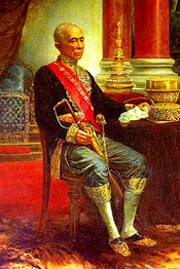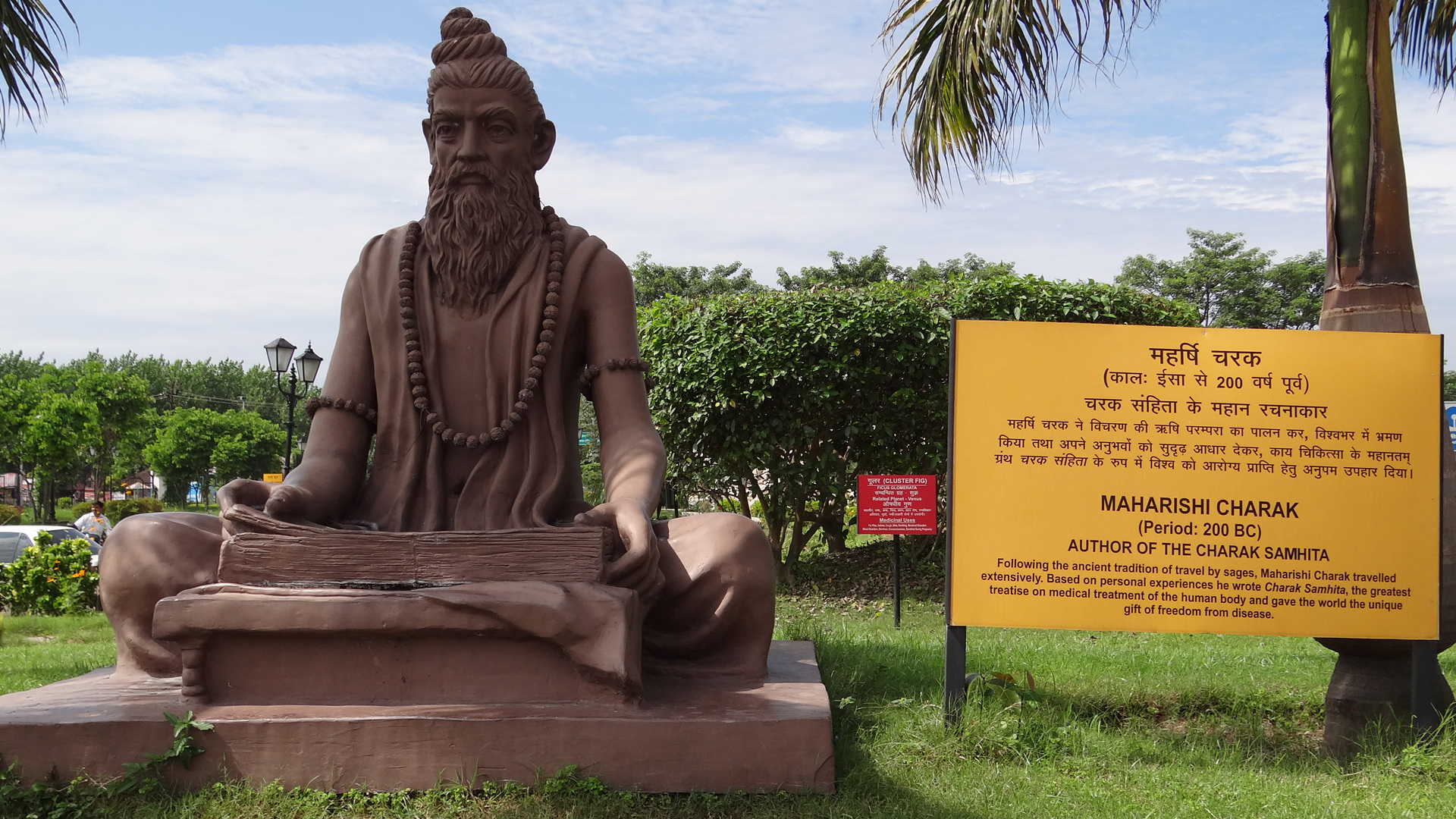|
Syed Ali Bilgrami
Shams-ul-Ulema Syed Ali Bilgrami (1851–1911) was an Indian scholar and linguist. Early life and education Syed Ali was born in 1851, in a distinguished Sayyid family. His older brother was Syed Hussain. During his childhood, he was educated in Arabic and Persian. After a period of study at the Canning College, he moved to the Patna College, from where he obtained a BA. He then joined the Thomson Civil Engineering College. Soon after, he visited Europe in 1876, in the suite of Salar Jung I. He joined the Royal School of Mines. Career He entered the service of the Nizam of Hyderabad in 1879, and was appointed secretary in the Departments of Public Works, Railways and Mines. He served in Hyderabad State for many years until he retired from service in 1901. In 1901, he settled in England. He was appointed a lecturer of Marathi at Cambridge University. For a short period of time, he also served as acting professor of Arabic and of Sanskrit. In 1902, he was admitted to Lin ... [...More Info...] [...Related Items...] OR: [Wikipedia] [Google] [Baidu] |
Fellow Of The Royal Asiatic Society Of Great Britain And Ireland
Fellows of the Royal Asiatic Society of Great Britain and Ireland are individuals who have been elected by the Council of the Royal Asiatic Society to further "the investigation of subjects connected with and for the encouragement of science literature and the arts in relation to Asia". The Society has around 700 fellows, half of whom reside outside Britain. It is administered by a council of twenty fellows. The Society was established in 1823 and became "the main centre in Britain for scholarly work on Asia" with "many distinguished Fellows". Fellows use the post-nominal letters FRAS. Past and current fellows include leading scholars, writers, and former politicians and governors who have made significant contributions to Asia and their respective fields. Previous Fellows have included British explorers Sir Richard Francis Burton, and Laurence Waddell, Officers of the British East India Company such as Sir Henry Rawlinson, Chief Justice of Ceylon Alexander Johnston, first A ... [...More Info...] [...Related Items...] OR: [Wikipedia] [Google] [Baidu] |
Marathi Language
Marathi (; , 𑘦𑘨𑘰𑘙𑘲, , ) is a Classical languages of India, classical Indo-Aryan languages, Indo-Aryan language predominantly spoken by Marathi people in the Indian state of Maharashtra and is also spoken in Goa, and parts of Gujarat, Karnataka and the territory of Dadra and Nagar Haveli and Daman and Diu. It is the official language of Maharashtra, and an additional official language in the state of Goa, where it is used for replies, when requests are received in Marathi. It is one of the 22 scheduled languages of India, with 83 million speakers as of 2011. Marathi ranks 13th in the List of languages by number of native speakers, list of languages with most native speakers in the world. Marathi has the List of languages by number of native speakers in India, third largest number of native ... [...More Info...] [...Related Items...] OR: [Wikipedia] [Google] [Baidu] |
1851 Births
Events January–March * January 11 – Hong Xiuquan officially begins the Taiping Rebellion in China, one of the bloodiest revolts that would lead to 20 million deaths. * January 15 – Christian Female College, modern-day Columbia College, receives its charter from the Missouri General Assembly. * January 23 – The flip of a coin, subsequently named the Portland Penny, determines whether a new city in the Oregon Territory will be named after Boston, Massachusetts, or Portland, Maine, with Portland winning. * January 28 – Northwestern University is founded in Illinois. * February 1 – '' Brandtaucher'', the oldest surviving submersible craft, sinks during acceptance trials in the German port of Kiel, but the designer, Wilhelm Bauer, and the two crew escape successfully. * February 6 – Black Thursday occurs in Australia as bushfires sweep across the state of Victoria, burning about a quarter of its area. * February 12 – ... [...More Info...] [...Related Items...] OR: [Wikipedia] [Google] [Baidu] |
Linguists From British India
Linguistics is the scientific study of language. The areas of linguistic analysis are syntax (rules governing the structure of sentences), semantics (meaning), morphology (structure of words), phonetics (speech sounds and equivalent gestures in sign languages), phonology (the abstract sound system of a particular language, and analogous systems of sign languages), and pragmatics (how the context of use contributes to meaning). Subdisciplines such as biolinguistics (the study of the biological variables and evolution of language) and psycholinguistics (the study of psychological factors in human language) bridge many of these divisions. Linguistics encompasses many branches and subfields that span both theoretical and practical applications. Theoretical linguistics is concerned with understanding the universal and fundamental nature of language and developing a general theoretical framework for describing it. Applied linguistics seeks to utilize the scientific findings of the ... [...More Info...] [...Related Items...] OR: [Wikipedia] [Google] [Baidu] |
Academics Of The University Of Cambridge , a person who is a researcher or has expertise in an academic discipline
{{Disambiguation ...
Academic means of or related to an academy, an institution learning. Academic or academics may also refer to: * Academic staff, or faculty, teachers or research staff * school of philosophers associated with the Platonic Academy in ancient Greece * The Academic, Irish indie rock band * "Academic", song by New Order from the 2015 album ''Music Complete'' Other uses *Academia (other) *Academy (other) *Faculty (other) *Scholar A scholar is a person who is a researcher or has expertise in an academic discipline. A scholar can also be an academic, who works as a professor, teacher, or researcher at a university. An academic usually holds an advanced degree or a termina ... [...More Info...] [...Related Items...] OR: [Wikipedia] [Google] [Baidu] |
Atharvaveda
The Atharvaveda or Atharva Veda (, , from ''wikt:अथर्वन्, अथर्वन्'', "priest" and ''wikt:वेद, वेद'', "knowledge") or is the "knowledge storehouse of ''wikt:अथर्वन्, atharvans'', the procedures for everyday life".Laurie Patton (2004), "Veda and Upanishad," in ''The Hindu World'' (Editors: Sushil Mittal and Gene Thursby), Routledge, , page 38 The text is the fourth Veda, and is a late addition to the Vedic scriptures of Hinduism.Laurie Patton (1994), ''Authority, Anxiety, and Canon: Essays in Vedic Interpretation,'' State University of New York Press, , page 57 The language of the Atharvaveda is different from Rigvedic Sanskrit, preserving pre-Vedic Indo-European archaisms. It is a collection of 730 Music of India#History, hymns with about 6,000 mantras, divided into 20 books.Maurice Bloomfield''The Atharvaveda'' Harvard University Press, pages 1-2 About a sixth of the Atharvaveda texts adapt verses from the Rigveda, and exce ... [...More Info...] [...Related Items...] OR: [Wikipedia] [Google] [Baidu] |
Gustave Le Bon
Charles-Marie Gustave Le Bon (7 May 1841 – 13 December 1931) was a leading French polymath whose areas of interest included anthropology, psychology, sociology, medicine, invention, and physics. He is best known for his 1895 work '' The Crowd: A Study of the Popular Mind'', which is considered one of the seminal works of crowd psychology. A native of Nogent-le-Rotrou, Le Bon qualified as a doctor of medicine at the University of Paris in 1866. He opted against the formal practice of medicine as a physician, instead beginning his writing career the same year of his graduation. He published a number of medical articles and books before joining the French Army after the outbreak of the Franco-Prussian War. Defeat in the war coupled with being a first-hand witness to the Paris Commune of 1871 strongly shaped Le Bon's worldview. He then travelled widely, touring Europe, Asia and North Africa. He analysed the peoples and the civilisations he encountered under the umbrella of the nas ... [...More Info...] [...Related Items...] OR: [Wikipedia] [Google] [Baidu] |
Urdu
Urdu (; , , ) is an Indo-Aryan languages, Indo-Aryan language spoken chiefly in South Asia. It is the Languages of Pakistan, national language and ''lingua franca'' of Pakistan. In India, it is an Eighth Schedule to the Constitution of India, Eighth Schedule language, the status and cultural heritage of which are recognised by the Constitution of India. Quote: "The Eighth Schedule recognizes India's national languages as including the major regional languages as well as others, such as Sanskrit and Urdu, which contribute to India's cultural heritage. ... The original list of fourteen languages in the Eighth Schedule at the time of the adoption of the Constitution in 1949 has now grown to twenty-two." Quote: "As Mahapatra says: "It is generally believed that the significance for the Eighth Schedule lies in providing a list of languages from which Hindi is directed to draw the appropriate forms, style and expressions for its enrichment" ... Being recognized in the Constitution, ... [...More Info...] [...Related Items...] OR: [Wikipedia] [Google] [Baidu] |
Osmania University
Osmania University is a collegiate university, collegiate Public university, public State university (India), state university located in Hyderabad, Telangana, India. Mir Osman Ali Khan, the 7th Nizam of Hyderabad, issued a ''firman'' calling for its creation on 29 August 1917. It is the third oldest university in southern India, and the first to be established in the erstwhile Hyderabad State, Kingdom of Hyderabad. It was the first Indian university to use Urdu language, Urdu as a language of instruction, although with English language, English as a compulsory subject. As of 2012, the university hosts 3,700 international students from more than 80 nations. Osmania is one of the List of largest universities and university networks by enrollment, largest university systems in the world with over 300,000 students on its campuses and affiliated colleges. The Osmania Medical College was once a part of the Osmania University System. However, it is now under the supervision of Kaloji ... [...More Info...] [...Related Items...] OR: [Wikipedia] [Google] [Baidu] |
Muhammadan Anglo-Oriental College
Muhammadan Anglo-Oriental College (, lit. "Science School for the Muslims of India") was founded in 1875 by Sir Syed Ahmad Khan, initially as a primary school, with the intention of turning it to a college level institution. It was inspired by the Cambridge education system. It started operations on Queen Victoria's 56th birthday, 24 May 1875. History It was established as ''Madrasatul Uloom Musalmanan-e-Hind'' in 1875, and after two years it became ''Muhammadan Anglo-Oriental College''. The statesman Syed Ahmad Khan founded the predecessor of Aligarh Muslim University, the Muhammadan Anglo Oriental College, in 1875 having already established two schools. These were part of the movement of Muslim awakening associated with Syed Ahmad Khan which came to be known as Aligarh Movement. He considered competence in English and "Western sciences" necessary skills for maintaining Muslims' political influence, especially in Northern India. Khan's image for the college was based on his vis ... [...More Info...] [...Related Items...] OR: [Wikipedia] [Google] [Baidu] |
Lincoln's Inn
The Honourable Society of Lincoln's Inn, commonly known as Lincoln's Inn, is one of the four Inns of Court (professional associations for Barrister, barristers and judges) in London. To be called to the bar in order to practise as a barrister in England and Wales, an individual must belong to one of these inns. The other three are Middle Temple, Inner Temple, and Gray's Inn. Lincoln's Inn is situated in Holborn, in the London Borough of Camden, just on the border with the City of London and the City of Westminster, and across the road from London School of Economics and Political Science, Royal Courts of Justice and King's College London's Maughan Library. The nearest tube station is Holborn tube station or Chancery Lane tube station, Chancery Lane. Lincoln's Inn is the largest Inn, covering . It is believed to be named after Henry de Lacy, 3rd Earl of Lincoln. History During the 12th and early 13th centuries, the law was taught in the City of London, primarily by the clergy ... [...More Info...] [...Related Items...] OR: [Wikipedia] [Google] [Baidu] |







